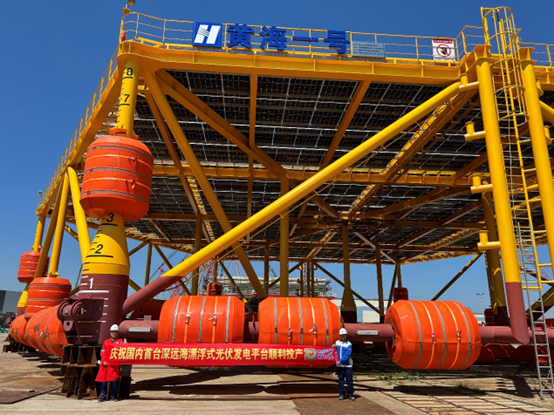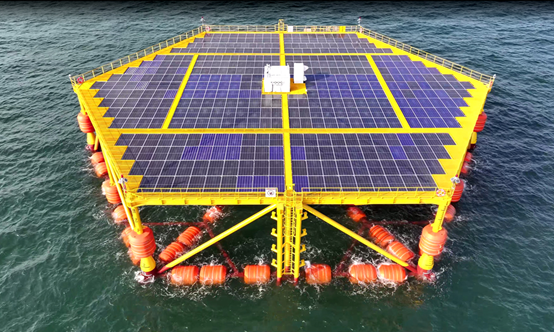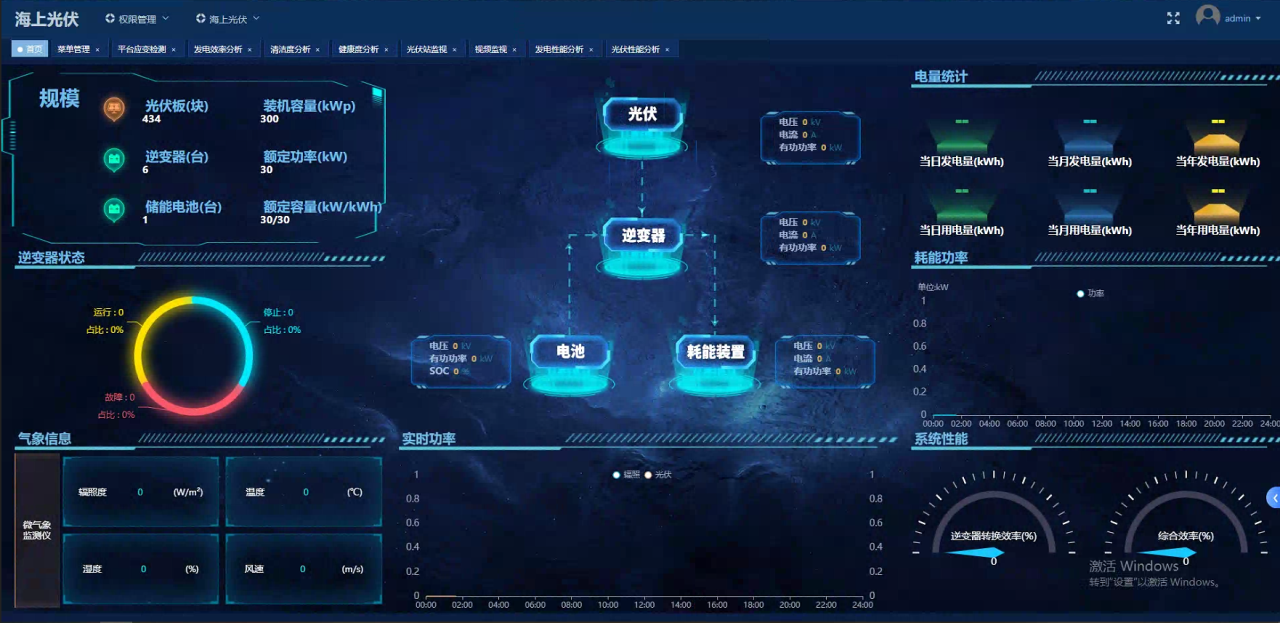Recently, the country's first wave-resistant deep-sea floating photovoltaic platform, "Yellow Sea No. 1," designed and constructed by Huaneng Clean Energy Research Institute with participation from DFE, officially began operation at the Huaneng Shandong Peninsula South 4 Offshore Wind Power Project. This project fills the gap in empirical demonstration research on deep-sea offshore photovoltaics in China, providing important data support for the large-scale development and efficient, safe application of offshore photovoltaic platforms in the country.

The "Yellow Sea No. 1" platform framework features a truss-style steel-plastic hybrid floating body design, with a high effective air gap and strong survivability. It can withstand waves exceeding 10m in height, making it the deepest floating offshore photovoltaic platform built in China to date. The platform employs a mode of co-locating wind and solar energy development projects, steadily harnessing both wind and solar power. This effectively reduces costs, enhances marine utilization, and optimizes the energy structure.

The operational monitoring and power generation analysis system built by DFE for the platform will conduct field monitoring and experiments at sea for up to one year. This system can real-time collect data on the platform's operational status, the power generation efficiency and output of different types of photovoltaic modules and wind turbines, as well as information on sea conditions, including temperature, humidity, wind direction, wind speed, and light intensity. This will enable comprehensive monitoring and situational awareness of the offshore photovoltaic platform. The onshore monitoring center can analyze panoramic data from multiple dimensions to derive important information, such as the correlation between offshore photovoltaic power generation efficiency and various environmental factors, as well as validation of the platform's structural stability. This provides data support for the efficient and safe application of floating photovoltaic technology in marine environments.

The successful commissioning of this platform fully verifies DFE' capability for safe and reliable system monitoring, and showcases its deep involvement in the application research of offshore renewable energy platform systems. Going forward, DFE will continue to be guided by new quality productive forces, exploring the integrated development of "marine ranching." It aims to promote the intensive and integrated development of marine resources alongside ecological protection, achieving high-quality development and modernization.